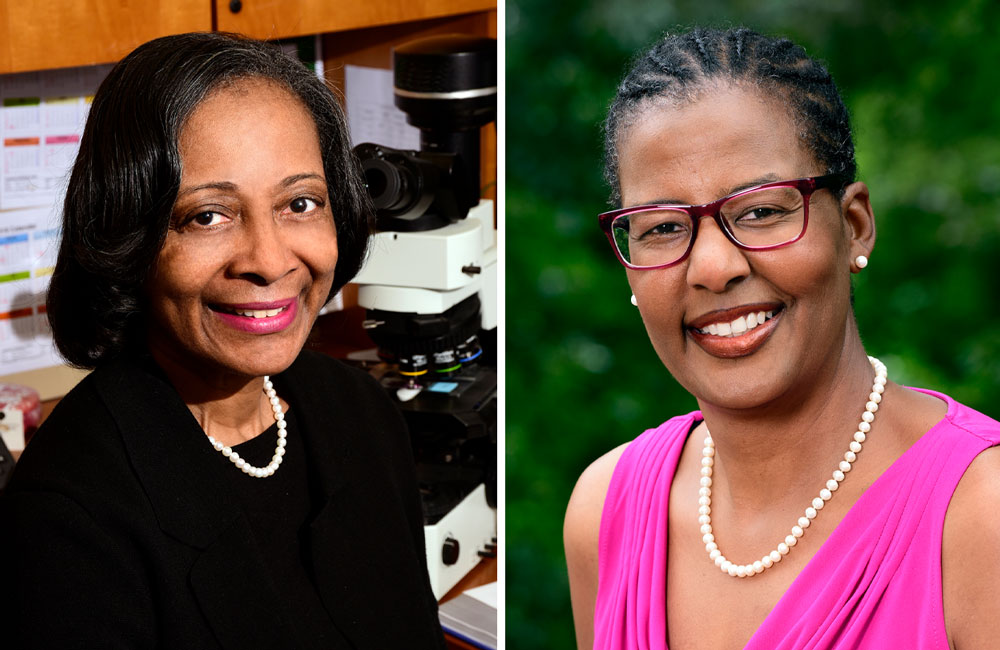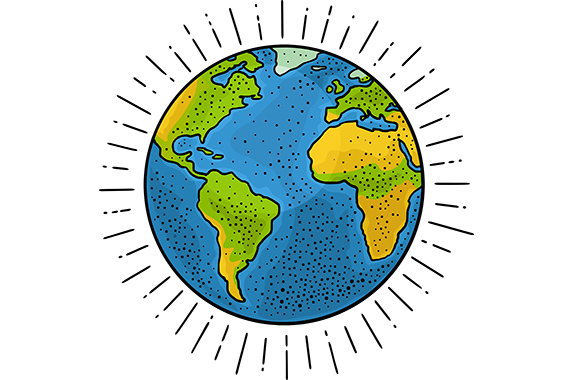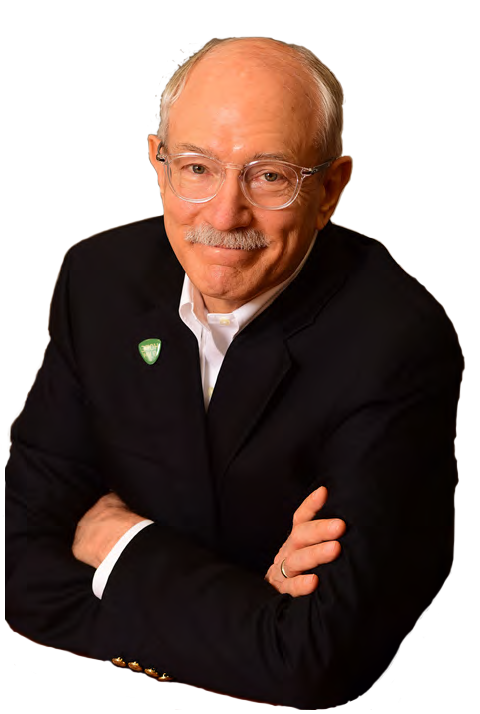Calendar
Jan
11-12
11-12
NIEHS Virtual Workshop: “Ethical, Legal, and Social Implications of Gene-Environment Interaction Research.” For questions, contact Kimberly McAllister, NIEHS program director, at 984-287-3287.
Event Details
Event Details
Jan
11
11
NIEHS Biostatistics and Computational Biology Branch Virtual Seminar: “Identifying Multivariate Growth Trajectories via the Bayesian Tensor Mixture Models”
Event Details
Event Details
- Location: Online
- Time: 11:00 a.m.-noon
- Speaker(s): Shanshan Zhao, Ph.D., identifies growth trajectories from multivariate longitudinal data.
- Join via Zoom
Jan
13
13
NIEHS Women’s Health Awareness Virtual Series “RealTalk with the Experts” Presents: “Women’s Health and Inflammation: Controlling Inflammation for a Healthier You”
Event Details
Event Details
- Location: Online
- Time: 6:30-7:45 p.m.
- Speaker(s): Megan E. B. Clowse, M.D., rheumatologist, Duke University School of Medicine. Session co-chairs: Mariah Prince from Duke University School of Public Health and Willa Robinson Allen from Durham County Department of Public Health.
- Free registration
Jan
19
19
NIEHS Keystone Science Lecture: “Exposure to Metals From Electronic Cigarette Use — Preliminary Results From the EMIT Study”
Event Details
Event Details
- Location: Online
- Time: 11:00 a.m.-noon
- Speaker(s): Ana Maria Rule, Ph.D., assistant professor, Johns Hopkins Bloomberg School of Public Health
- Preregistration required
Jan
19
19
2022 North Carolina Society of Toxicology Annual Meeting
Event Details
Event Details
- Location: Online
- Time: 9:00 a.m.-5:00 p.m.
- Speaker(s): K. Lily Wu, Ph.D., from the California Environmental Protection Agency, and Emmanuel Obeng-Gyasi, Ph.D., from North Carolina A&T State University
- Sign up here
Jan
25
25
ICCVAM Communities of Practice Webinar 2022: “New Approach Methodologies to Assess (Developmental) Neurotoxicity”
Event Details
Event Details
- Location: Online
- Time: 10:00-11:30 a.m.
- Speaker(s): This event is organized on behalf of the Interagency Coordinating Committee on the Validation of Alternatives Methods (ICCVAM) by the National Toxicology Program Interagency Center for the Evaluation of Alternative Toxicological Methods.
- More information
Jan
27
27
NIEHS Partnerships for Environmental Public Health Webinar: “Community Health Workers: Building Cultural Bridges to Address Environmental Public Health”
Event Details
Event Details

Stay up to date on the latest news from the Environmental Factor newsletter








